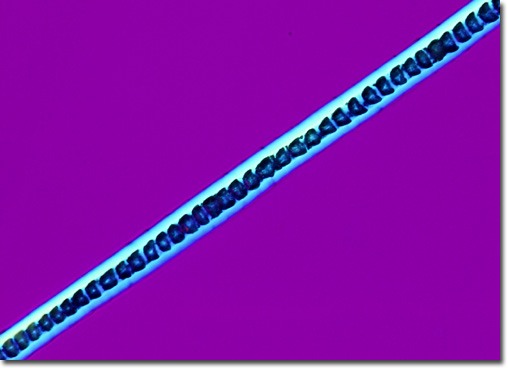|
When they are not hibernating, groundhogs spend significant amounts of time eating, especially succulent grasses, building up fat reserves to last them through the long winter. The stout animals, which are usually about two feet long when including the tail, generally achieve their highest body mass in late August, weighing in at as many as 13 pounds. Despite their corpulence, however, groundhog meat is rarely eaten by humans although it is considered edible. Moreover, their grayish-brown pelts have never been very popular in the fur trade, although the hides of groundhogs were sometimes used by Native Americans as sturdy moccasin soles.
|
